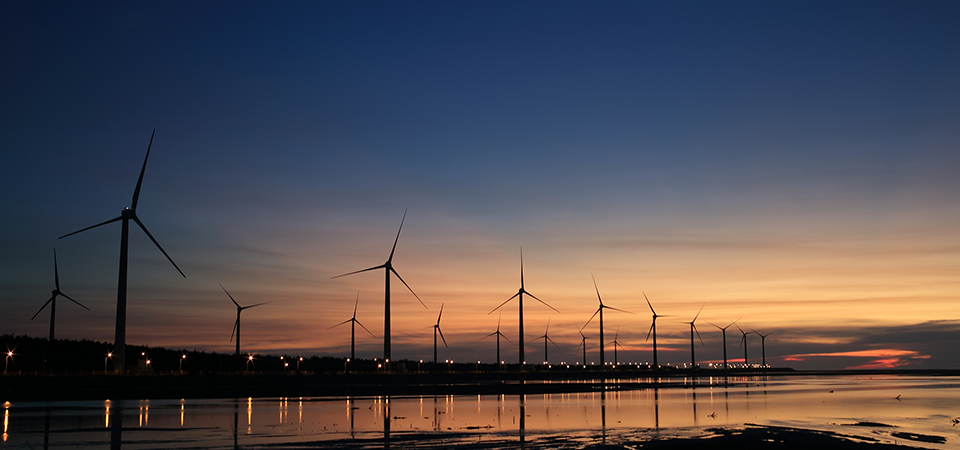UNM researchers work to meet wind power goal
 There is a national goal to increase wind energy in the United States to meet 20 percent of the demand for electricity by the year 2030. However, there are some challenges to reaching this goal. Two of the issues facing wind energy farms are the wakes emitted from each turbine, which reduces the efficiency of turbines around them, and increased noise levels caused by the rotors.
There is a national goal to increase wind energy in the United States to meet 20 percent of the demand for electricity by the year 2030. However, there are some challenges to reaching this goal. Two of the issues facing wind energy farms are the wakes emitted from each turbine, which reduces the efficiency of turbines around them, and increased noise levels caused by the rotors.
Dr. Sang Lee, Assistant Professor at The University of New Mexico Department of Mechanical Engineering, and his team are using the resources at the Center for Advanced Research Computing to overcome these issues in order to build more efficient, more powerful wind turbines and wind farms to meet that goal.
A single turbine receives wind head-on, but turbines behind it in a wind farm setting receive churning wakes from all directions and that affects their efficiency and the amount of power generated. Also, the array of rotors can cause a lot of noise, a contentious issue in nearby populated areas.
The old analysis tools are no longer the best to use because they ignore the actual physics of the current wind farms, he said, so his group is working to make better models and simulations.
“Our goal is to develop simulation tools for wind farms to better understand the complex physics that occur within the wind farm due to the varying atmospheric boundary layer, the atmosphere that is in contact with the surface of the Earth,” Lee explained.
“This research will enhance our understanding of the interaction between the atmospheric flows and the wind farms. This will help us improve wind farm designs and operations, which will ultimately lower the cost of wind energy,” he continued.
To produce conclusive results will take time. Lee estimated that the results of this research will have an impact on wind farms in the coming decade.
“The data produced from the simulations are quite large and there are numerous parameters that dictate the outcome of individual case studies,” Lee said. “CARC is the perfect facility for conducting high-fidelity simulations. The support is phenomenal and the newest and largest machine, Wheeler, provides more than sufficient computational resources to perform these large-scale simulations.”
Lee joined the Department of Mechanical Engineering in 2016 after working at the National Renewable Energy Laboratory for six years. He has an extensive background in high-fidelity simulations of various fluid mechanic disciplines, including supersonic boundary layer, atmospheric boundary layer, and wind farms. He is a recipient of National Renewable Energy Laboratory Director's Award in 2012 for his breakthrough research on wind turbine wake interaction and structural fatigue.
